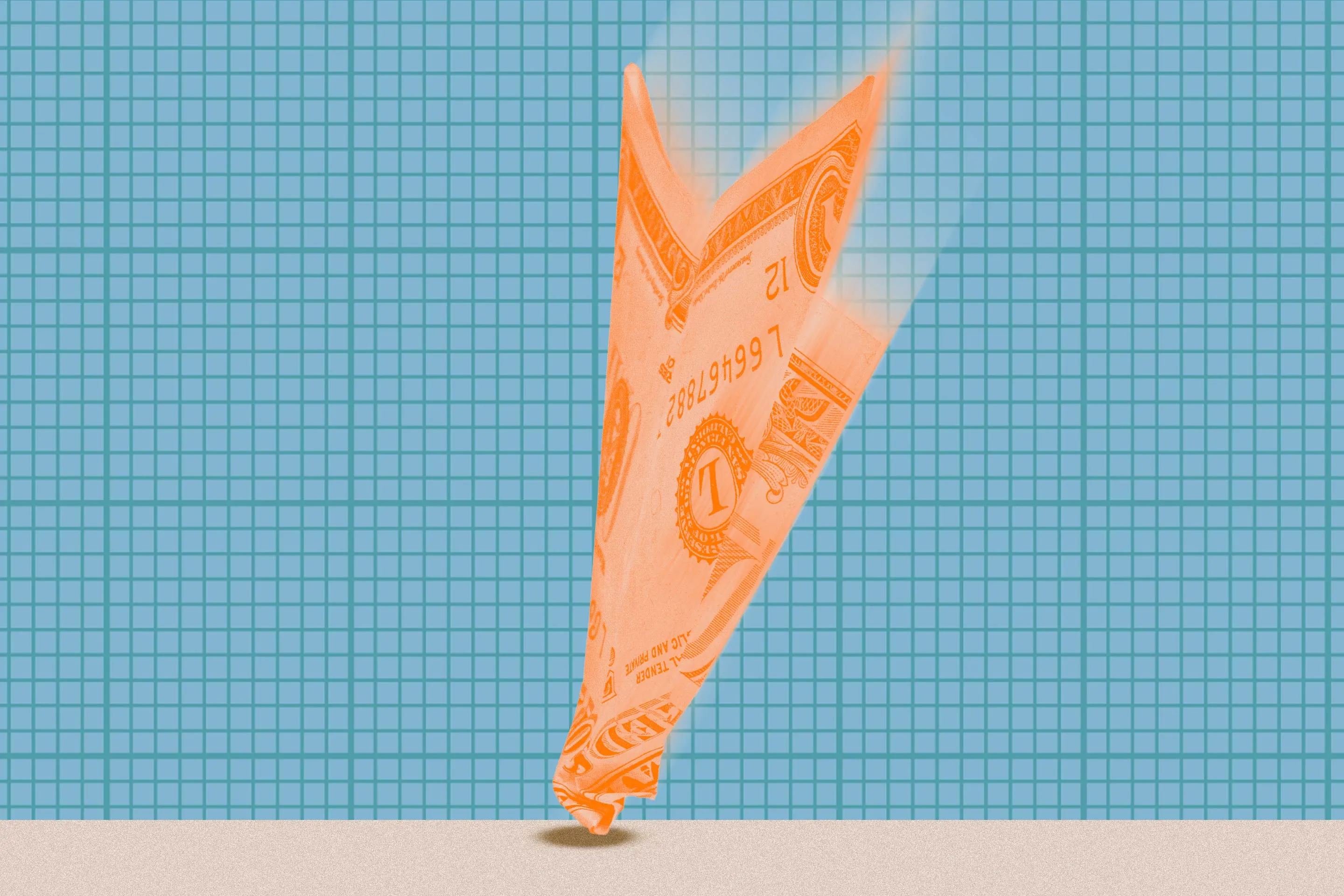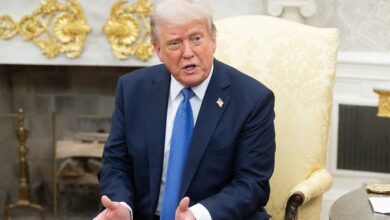What a Weak U.S. Dollar Means for Your Money

The recent market turbulence has not spared the U.S. dollar, which has seen a significant decline in value compared to other currencies. This drop in the dollar’s value, around 10% since the beginning of the year, has been attributed to President Trump’s implementation of tariffs and trade policies.
According to Michael O. Moore, a professor of economics, investors have reacted to Trump’s moves by shifting away from U.S. Treasurys, leading to a weaker greenback. A weak dollar means that our money is worth less compared to other major currencies, which can impact international exchanges and purchasing power.
While some may think that a weak dollar does not affect them if they do not engage in international transactions, the reality is that it can lead to price increases in products from foreign manufacturers. Tariffs, combined with a weak dollar, can significantly impact American households’ budgets, with one estimate projecting a $3,800 increase in costs due to tariffs alone.
The president has expressed support for a weaker dollar as it can benefit companies that export goods, making their products more competitive globally. However, trade experts caution that the situation is more complex due to global supply chains and potential retaliatory tariffs from other countries.
Experts warn of potential long-term economic damage from the weakening dollar, including higher prices, canceled travel plans, and a shift in investor confidence. U.S. Treasurys, traditionally seen as a safe haven, are now facing uncertainty as investors reevaluate their options in light of the current economic landscape.
Overall, the decline in the dollar’s value is a cause for concern, with implications for consumers, investors, and the economy as a whole. It remains to be seen how the situation will unfold and what measures will be taken to stabilize the currency’s value in the future.





